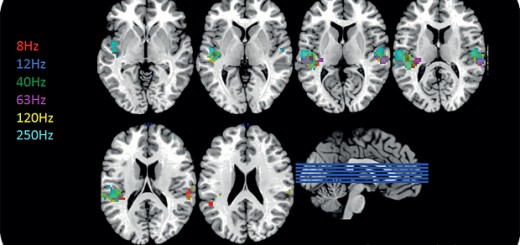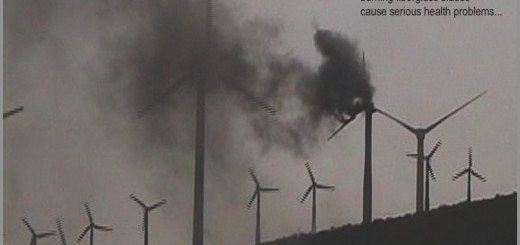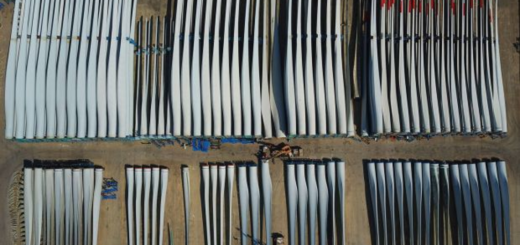Dr Malcolm Swinbanks tells Senate: ‘NASA’s 1980s Research on Health Effects from Wind Farm Noise More Relevant Than Ever’
The Senate Inquiry into the great wind power fraud has heard evidence and received submissions from some of the best in the acoustics and health business: Dr Malcolm Swinbanks, among them.
Here’s what he had to say.
Senate Select Committee on Wind Turbines – 23 June 2015
SWINBANKS, Dr Malcolm Alexander, Private capacity
CHAIR (Senator Madigan): I declare this meeting open and welcome Dr Malcolm Swinbanks. Information on parliamentary privilege and the protection of witnesses has been provided to you, has it?
Dr Swinbanks: Actually it has not. It was not in amongst the emails that I got. Perhaps you could quickly indicate.
CHAIR: The committee has your submission. I now invite you to make a short opening statement, and at the conclusion of your remarks I will invite members of the committee to put questions to you.
Dr Swinbanks: Just briefly, I will review the submission that I made. I addressed four separate issues: first of all, the physical mechanisms for generating low-frequency sound and infrasound; secondly, the mechanisms by which people can perceive such infrasound; thirdly, I commented on the health effects and, in particular, two reports relating to these supposed health effects or the absence of them; and, finally, I gave an account of my own personal experience of adverse effects I have encountered when taking measurements near to a wind turbine installation.
If I could start off with the generation of infrasound, it is not often realised that NASA, in the early 1980s, actually carried out research on upwind rotor turbines. That is the modern configuration where the rotor is upwind of the supporting the tower, rather than downwind. Wind developers have often dismissed NASA’s work, saying it was not relevant because it related only to downwind turbines, but this is completely inaccurate. NASA had in fact identified the benefits of going to the upwind configuration at a very early stage.
They also examined the effects of multiple turbines operating together and the effects of the separation between those turbines. They found that seven to 10 diameters separation was the ideal requirement for a turbine located downwind of its neighbours. But, in recent years, some wind developers have compromised on that spacing and have reduced it even to as little as three diameters in some cases, and that is asking for trouble, because the increased turbulence leads to increased low-frequency sound and infrasound.










